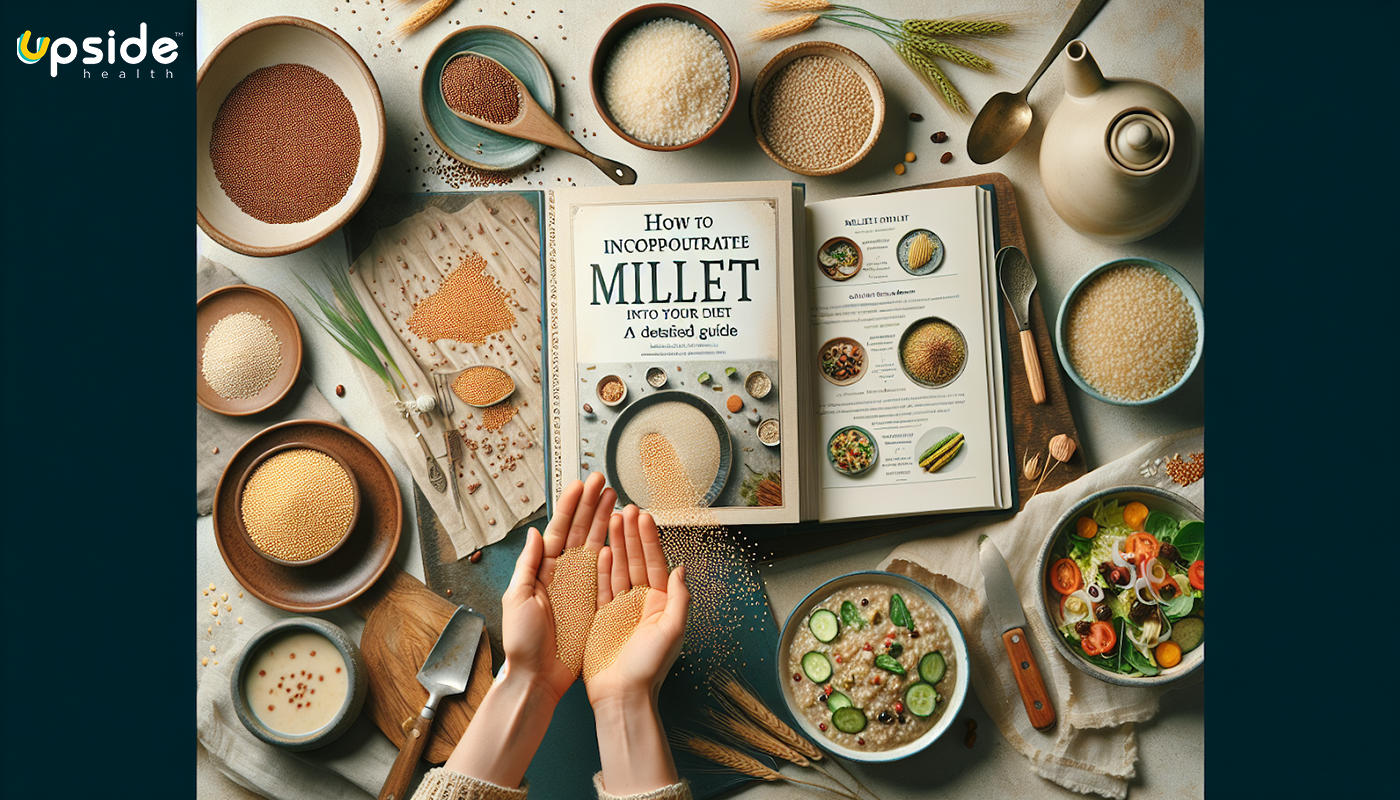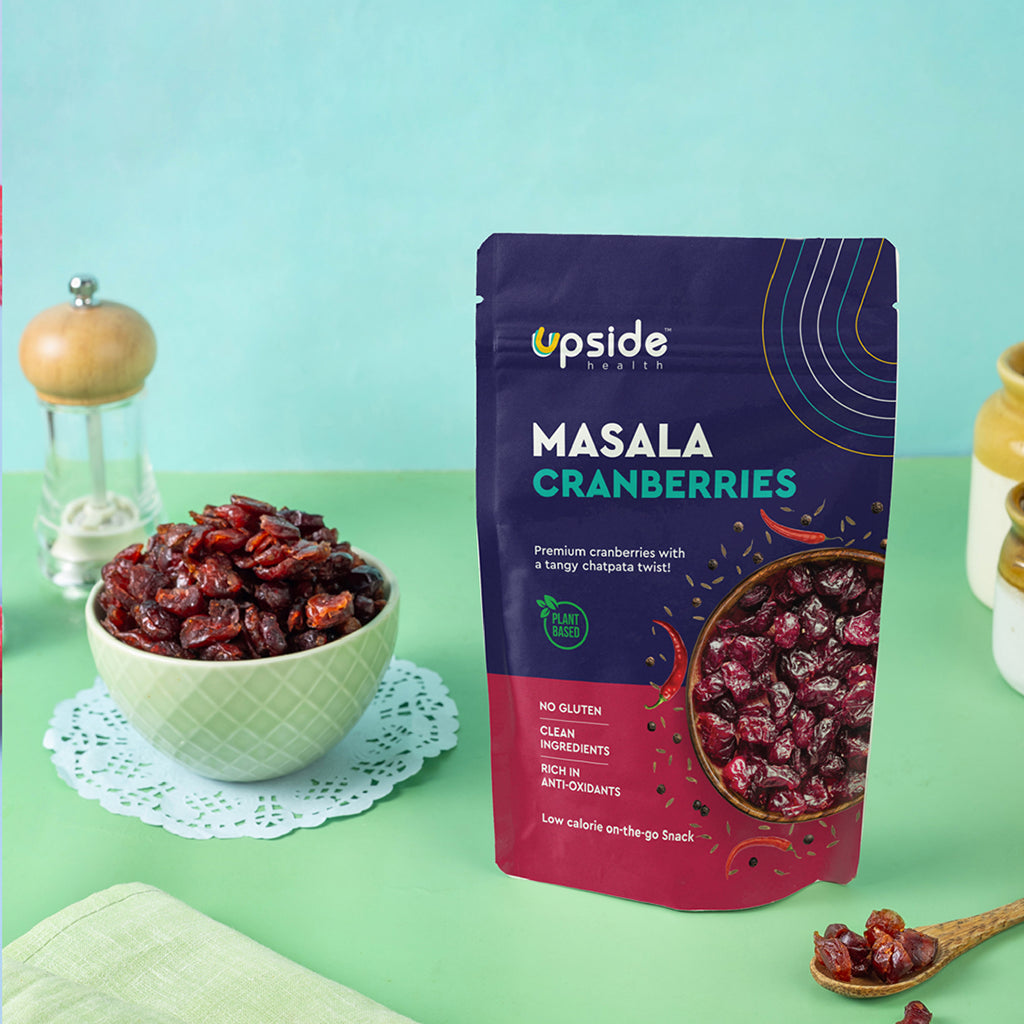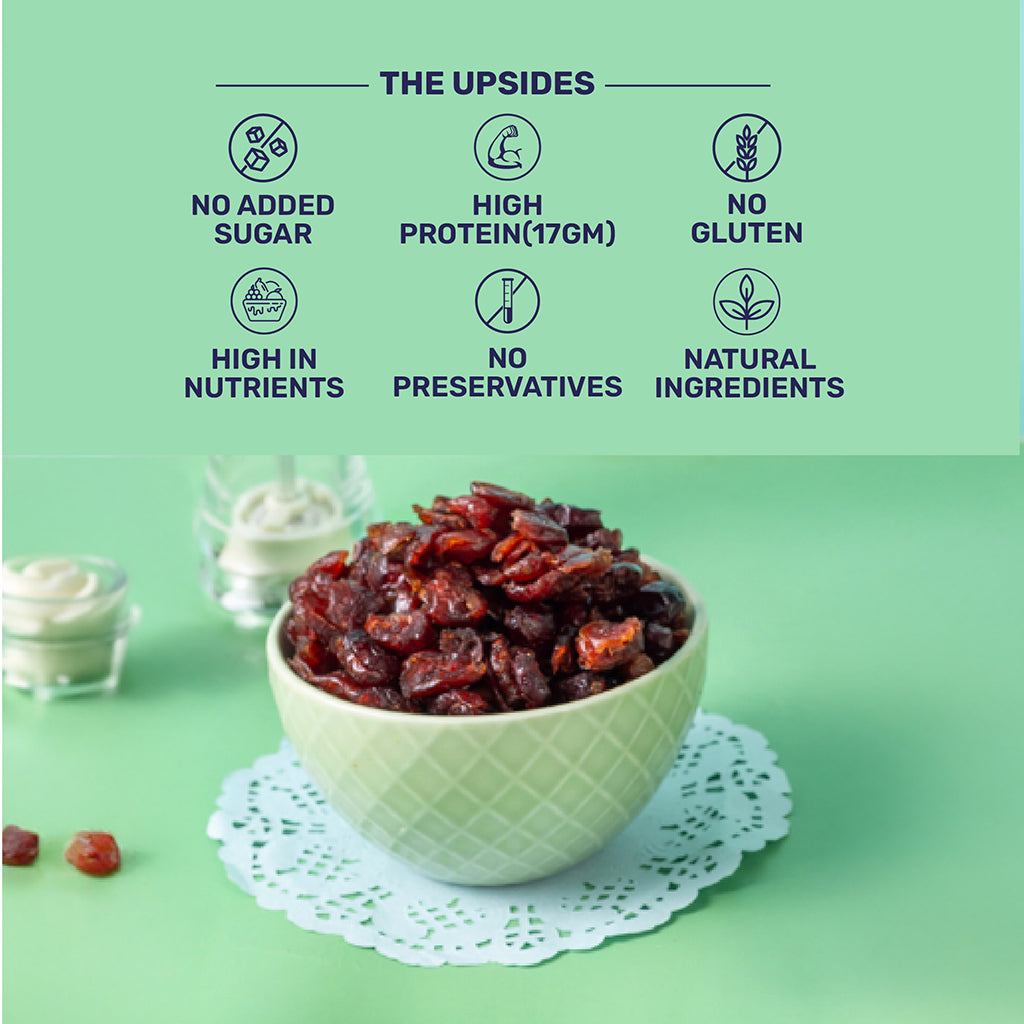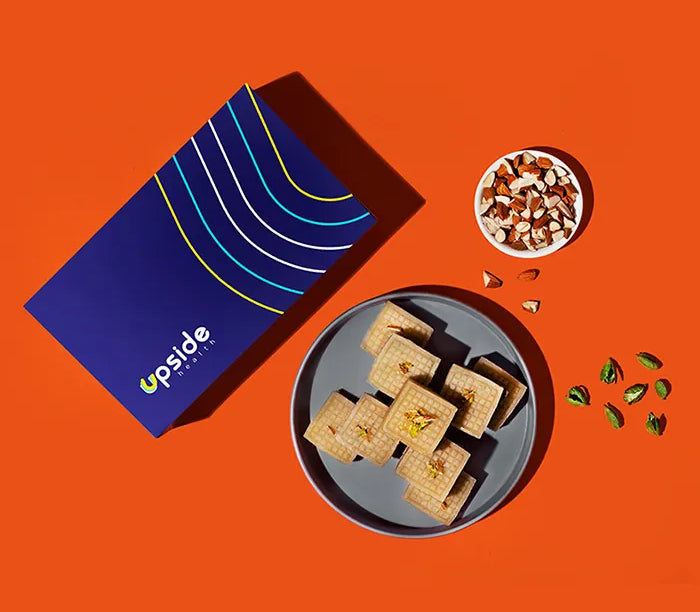
Millet, a small-seeded cereal revered for its nutritional benefits and resilience against harsh climates, has become a cornerstone in gluten-free diets and is acclaimed for its rich protein, fiber, and micronutrient content, including magnesium and phosphorus. Recognizing its ancient roots in Asia and Africa, this grain, comprising over 20 types like pearl and finger millet, is celebrated for improving digestive health, enhancing cardiovascular functions, and supporting a healthy lifestyle.
This article aims to elucidate the versatile ways to integrate millet into your diet, exploring its nutritional profile, the varied types of millets along with their health benefits, and innovative millet recipes. By delving into the future significance of millets in global agriculture, the guide seeks to unlock the potential of this ancient grain in modern culinary applications, promising a comprehensive insight into why and how to make millet a staple in your dietary regimen.
Nutritional Profile of Millets
Millets, a group of highly nutritious grains, have been gaining attention for their health benefits and versatility in the diet. These small-seeded grains are not only rich in essential nutrients but also offer several health benefits, making them a valuable addition to a gluten-free diet. Here’s a detailed look at the nutritional profile of millets:
- Rich Nutritional Content: Millets are packed with vital nutrients, including protein, fiber, vitamins, and minerals. Specifically, ragi, also known as finger millet, is highlighted for having 30 times more calcium than rice, making it an excellent choice for bone health.
- Health Benefits: The consumption of millets can aid in managing conditions like PCOS due to their high content of calcium, protein, iron, and amino acids. They also play a role in weight loss and balancing insulin resistance, which is crucial for diabetes management. However, individuals with hypothyroidism are advised to limit millet intake as it contains goitrogens, which may interfere with iodine absorption.
- Versatile Use and Impact on Health: Beyond their nutritional value, millets contribute to a healthy diet through their antioxidant activity and the presence of phytochemicals, which have been shown to have positive effects on human health by lowering cholesterol and phytates. Additionally, the substitution of maize with pearl and finger millets in animal diets has resulted in positive impacts on performance, underscoring the potential of millets in both human and animal nutrition.
Incorporating millets into meals not only enhances the nutritional quality of the diet but also supports sustainable agriculture practices. With their rich protein, iron, fiber, and phenolic properties, millets stand out as a nutritious, gluten-free, and versatile grain option.
Types of Millets and Their Health Benefits
Millets, celebrated for their environmental sustainability, require minimal water and almost no pesticides, making them an excellent choice for eco-conscious consumers. Their low maintenance and resilience are highlighted in resources that emphasize how to introduce millets into our diets, underscoring their role in sustainable agriculture. These grains are not only beneficial for the planet but also for our health, offering a plethora of advantages:
- Rich in Nutrients: Millets are a powerhouse of nutrients, including magnesium, which is pivotal for heart health, and vitamin B3 (niacin), known for its role in lowering cholesterol levels. The presence of high levels of calcium makes millets excellent for bone health, particularly beneficial for growing children and the elderly.
- Health Benefits:
- Diabetes Management: Thanks to their low glycemic index, millets are ideal for individuals managing diabetes.
- Digestive Health: High in fiber, millets prevent common digestive issues like bloating and constipation.
- Immunity Boost: The iron and calcium content in millets strengthens the immune system.
- Pregnancy and Infant Nutrition: High in folic acid, millets are beneficial for pregnant women and babies as young as six months of age, supporting healthy development.
- Weight Management: Their high fiber content and low glycemic index contribute to weight loss and prevent weight gain.
- Antioxidant-rich: Millets are a good source of various antioxidants, promoting overall health and disease prevention.
- Versatility in Diet: Millets can be incorporated into a gluten-free diet in various forms, from millet-based bread and porridge to salads and snacks, offering a gluten-free alternative for those with dietary restrictions.
In conclusion, the diverse types of millets, from finger millet to pearl millet, offer a range of health benefits, making them a valuable addition to a balanced diet. Their contribution to sustainable agriculture and versatility in recipes further enhance their appeal, positioning millets as a grain of the future in both health and environmental wellness.
Incorporating Millets into Your Diet
Incorporating millets into your daily meals can significantly enhance the nutritional value of your diet, offering a gluten-free alternative rich in essential nutrients. Here are some practical ways to integrate millets into various meals:
-
Breakfast Dishes: Start your day with a nutritious boost by incorporating millets into breakfast items. Options include:
- Foxtail Millet Upma
- Millet Porridge
- Millet Pancakes Learn more about millet-based breakfast dishes.
-
Main Courses and Side Dishes: Replace traditional grains with millets to create healthier versions of your favorite meals. Consider trying:
- Millet Pulav using Foxtail or Little Millets
- Finger Millet (Ragi) Rotis
- Pearl Millet (Bajra) Khichadi Discover versatile millet recipes for main courses.
-
Desserts and Snacks: Satisfy your sweet tooth with healthier dessert options made from millet, such as:
- Finger Millet (Ragi) Ladoo
- Millet Cookies
- Barnyard millet pudding Explore delicious millet-based desserts and snacks.
Tips for Cooking with Millets:
- Soaking: Enhance the nutritional value and digestibility of millets by soaking them before cooking. This simple step can make a significant difference in how your body absorbs the nutrients. Read more about the benefits of soaking millets.
- Millet Flour in Baking: Incorporate millet flours into your baking by adding them to roti dough, dosa batters, or using it to make crepes, pancakes, or cakes. This is an excellent way for those with wheat intolerance to enjoy baked goods.
Remember, while millets are a fantastic addition to a gluten-free diet and offer numerous health benefits, it is advisable to consume them in moderation, three to four times a week. Also, ensure to drink plenty of water when incorporating millets into your diet to aid in digestion and nutrient absorption.
The Future of Millets in Global Agriculture
Millets, readily accessible in local stores and online platforms such as Amazon, Flipkart, and Nature's Basket, are emerging as sustainable crops with a promising future in global agriculture. The United Nations General Assembly's declaration of 2023 as the International Year of Millets underscores their importance and aims to raise awareness about their benefits. These ancient grains contribute significantly to sustainable farming due to their low water requirements, resilience in poor soil conditions without the need for chemical fertilizers and natural pest resistance. Cultivating millets supports biodiversity, enhances soil health, and promotes sustainable practices, aligning with several Sustainable Development Goals (SDGs).
India, the world's largest producer of millets, showcases their critical role in food security and agricultural diversity. The promotion of millets is seen as a strategy to potentially double farm incomes and encourage diversification. However, challenges remain, such as the need for complete and annotated genome sequences for many millets, which hampers gene identification and research efforts. Despite this, the G20 summit highlighted millets for their role in sustainable agriculture and food security, advocating for their integration into diets and agricultural policies.
Efforts to boost millet consumption include educating farmers and consumers, ensuring exports comply with global sanitary and phytosanitary standards, and promoting millet's low environmental footprint. These grains are ideal for water-scarce regions and support ecosystem health through crop diversification, moving away from monoculture systems.
FAQs
What is the most enjoyable way to include millet in my meals?
Millet can be delightfully incorporated into your meals by cooking it and adding it to grain bowls, frittatas, vegetable fritters, or salads. Additionally, you can pop millet similarly to popcorn for a fun twist. Just put a small quantity in a dry skillet and shake it until you notice the color and shape slightly change. Keep in mind that popped millet is much smaller than traditional popcorn.
Is consuming millet daily advisable?
Eating millet daily is not recommended; a moderate consumption pattern of three to four times a week is preferable. Specifically, individuals with hypothyroidism should avoid millet, as it can contribute to the enlargement of the thyroid gland.
Is it beneficial to combine different types of millet in my diet?
Yes, you can enjoy a variety of millets together or individually. Millets are whole grains that are naturally free from gluten and are an excellent source of fiber, protein, vitamins, and minerals, making them a nutritious choice for your diet.
What quantity of millet should I consume if I'm trying to lose weight?
For weight loss purposes, incorporating millets into your diet twice a day, for breakfast and dinner, can be effective. A study involving Kodo millet, little millet, foxtail millet, and barnyard millet observed an average weight loss of 1.2kg per week over a four-week period when included in meals.








Comments (0)
Back to Learn